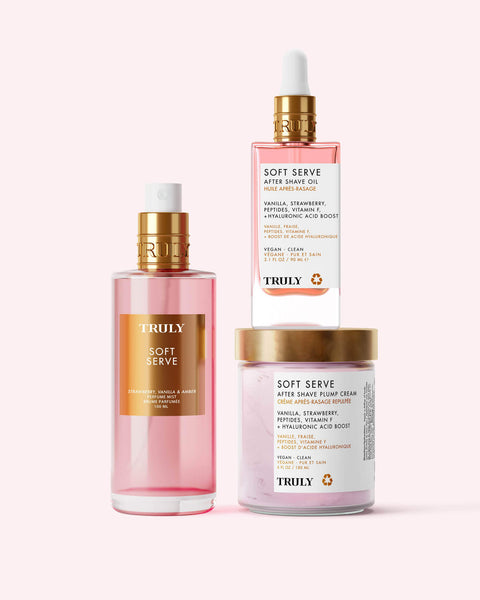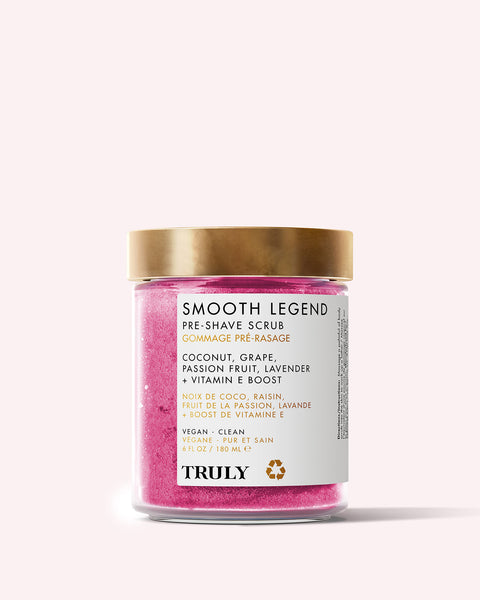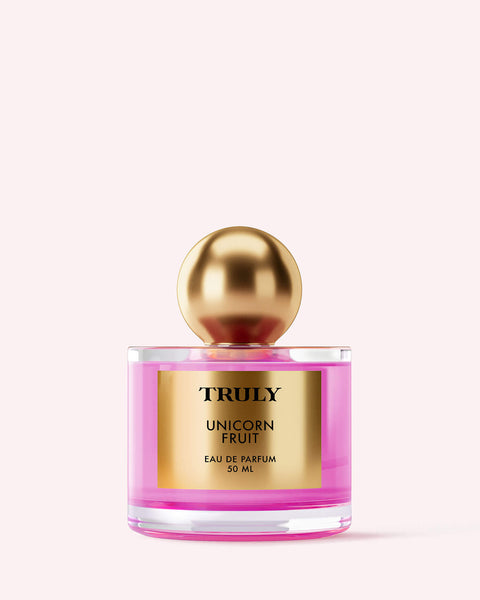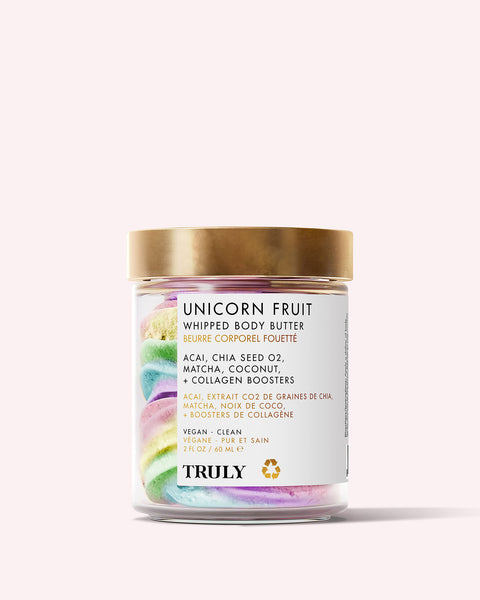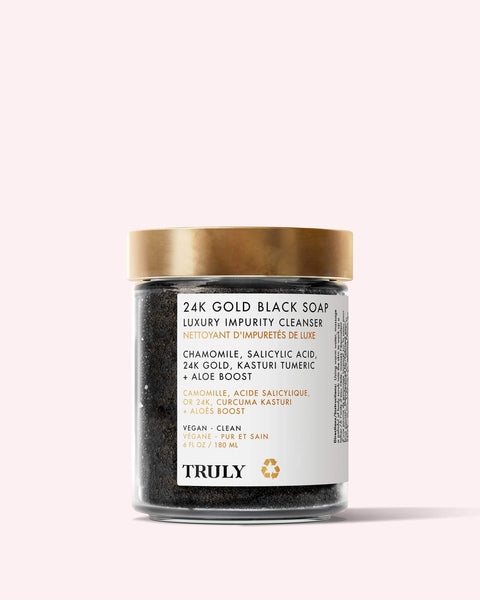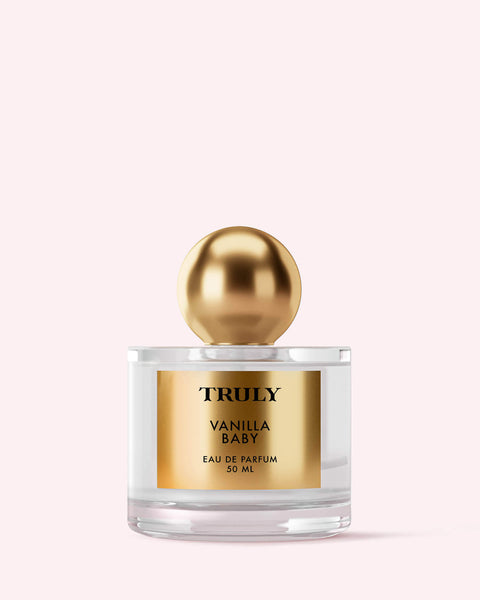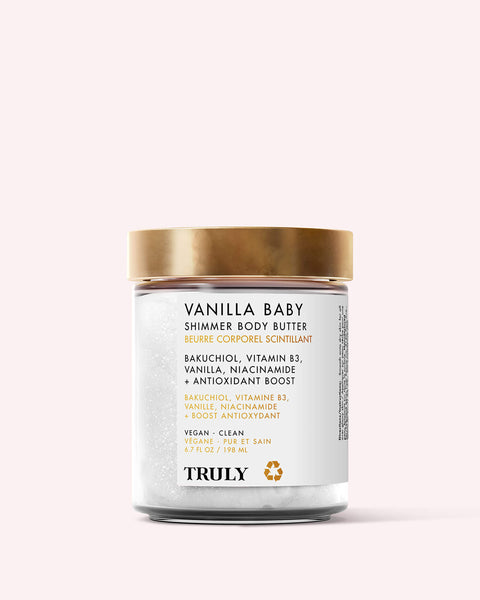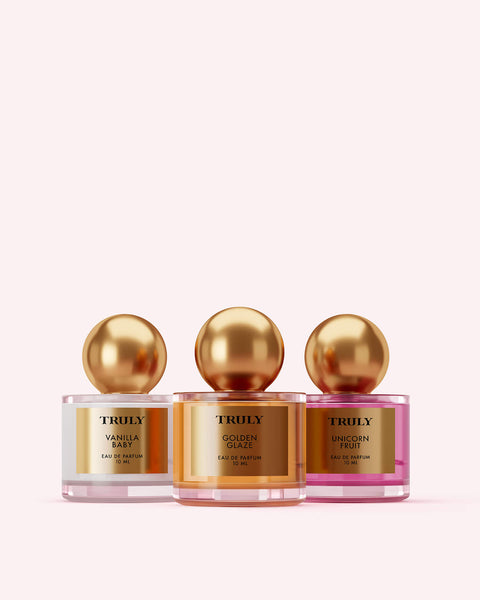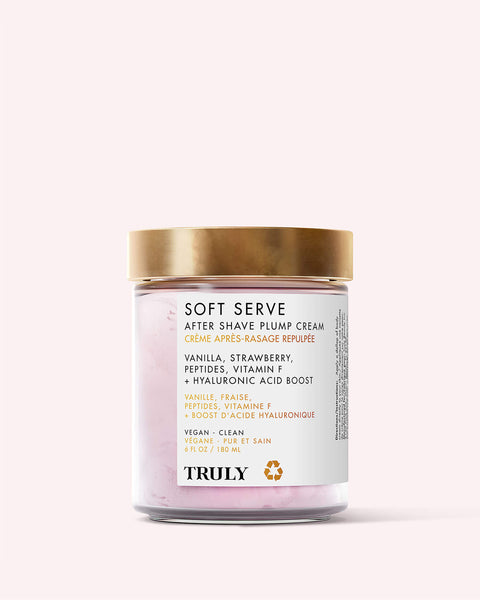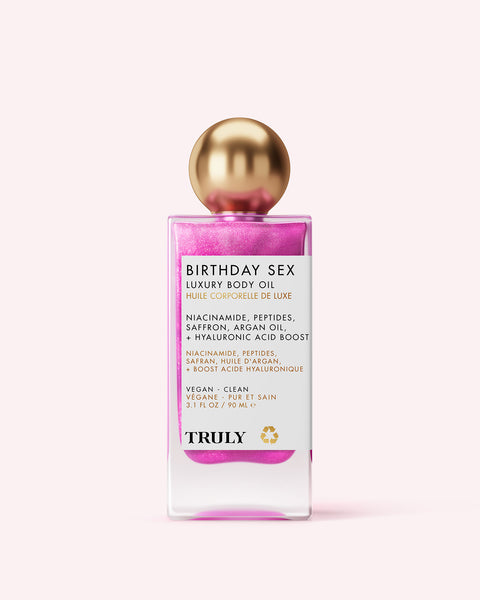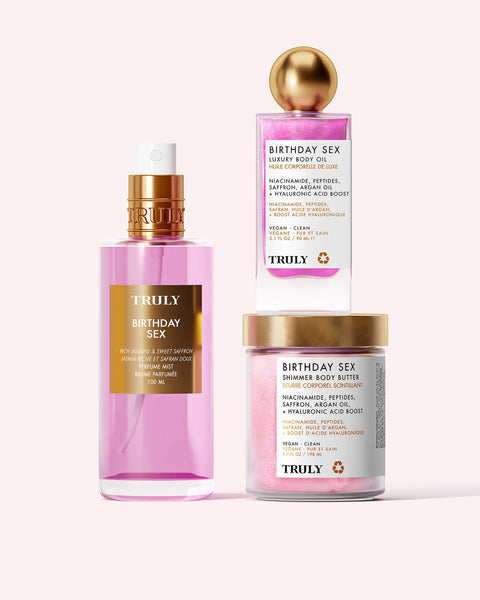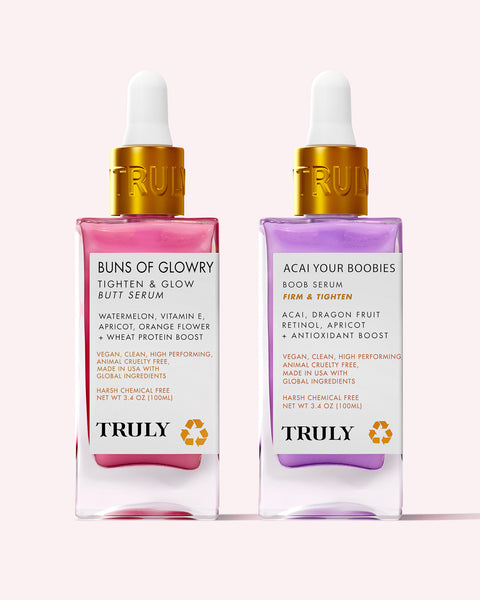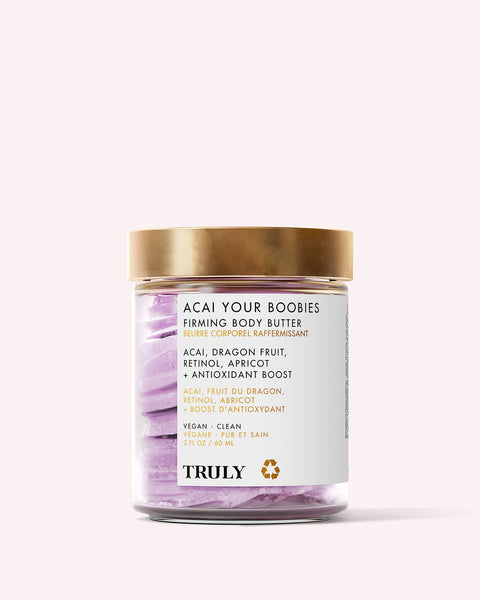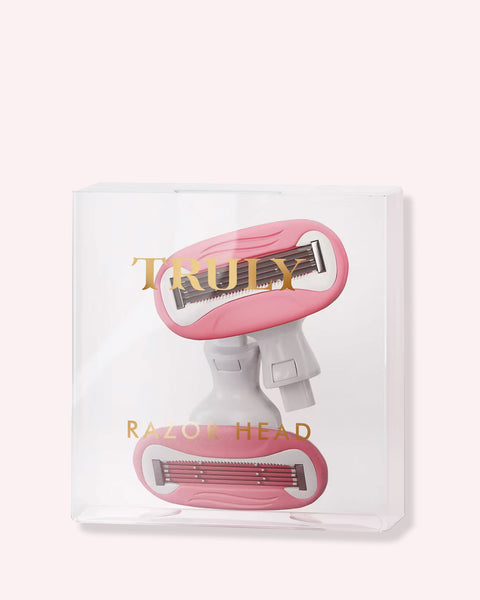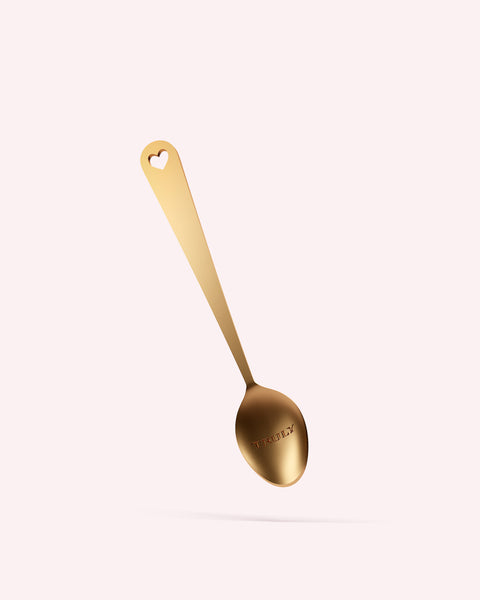Why We’re Addicted to Exfoliating Acids
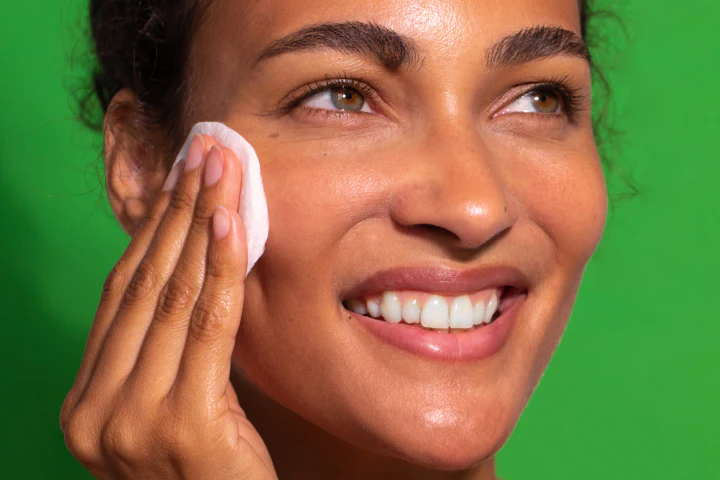
If you're seeking a smoother, clearer, brighter complexion, alpha hydroxy acids (AHAs) are the multitasking active ingredients you need to add to your skincare routine ASAP. While they're typically known for their exfoliating abilities, AHAs also boost collagen production and keep breakouts at bay. No wonder we're all obsessed!
Before stocking up on AHA-infused skincare products, read on to find out more about these potent acids and how you can use them in your skincare regimen.
What are AHAs?
Alpha hydroxy acids (or AHAs) are a group of naturally occurring chemical compounds that exfoliate the top layer of your skin. They are commonly used in anti-aging products to smooth out fine lines and wrinkles, and diminish dark spots. However, you may also find them in products designed for acne-prone skin, as they can be effective at treating blemishes.
The most common types of AHAs found in skincare products include glycolic acid, lactic acid, mandelic acid, citric acid, and malic acid.
Glycolic and lactic acids are extensively used in cleansers, toners, scrubs, and serums. They work by dissolving the bonds between your skin cells and facilitate the natural shedding process of dead skin cells. Using these skincare ingredients as part of your regular routine results in softer, smoother, and radiant skin.
They are generally well-tolerated by all skin types. However, sensitive skin types should use with care to prevent skin irritation.
Skincare Benefits of Alpha Hydroxy Acids
They're a Gentle Mode of Exfoliation
Who doesn't want super soft, glowing skin? The problem is, not every skin type can tolerate physical exfoliation (i.e. face scrubs, brushes) which can sometimes be too harsh on the skin. Chemical exfoliation, like that delivered by AHAs, helps slough away dead skin cells by ungluing dead skin cells rather than physically buffing them away. For most skin types, this is far gentler on the skin and significantly reduces your risk of redness, dryness, and irritation.
They Help Restore Youth
According to dermatologists, AHAs are extremely effective at treating fine lines, wrinkles, and hyperpigmentation. Here's why: as you age, the rate of skin cell turnover decreases, causing a build-up of dead skin cells on the skin's surface, which makes signs of aging more prominent. AHAs help remove that build-up, minimizing the appearance of fine lines and wrinkles.
Alongside this, AHAs like glycolic acid stimulate the skin's production of anti-aging superstars collagen and hyaluronic acid, both of which can boost elasticity, plump the skin, and reduce the appearance of lines.
They Leave You Glowing
A dull skin tone is usually a result of dead skin cell build-up. With AHAs, you can quite literally dissolve that layer of dead skin, revealing a fresh layer of skin and a brighter, more radiant complexion. Win-win!
They Can Treat Acne
While BHAs (beta hydroxy acids) are often considered the go-to ingredient for acne-prone, oily skin, AHAs are extremely helpful for preventing blackheads and whiteheads.
BHAs (salicylic acid) are certainly better for penetrating pores to dissolve dirt, oil, and gunk trapped inside. However, AHAs prevent the pores from getting clogged in the first place, counteracting build-up and reducing the risk of blemishes.
How to Use AHAs in Your Skincare Routine
To include AHAs into your skincare routine, it's best to start with a gentle formula that features a small amount of glycolic acid two to three times per week. This way, your skin can adjust to the new product and you can avoid any unpleasant side effects. Once your skin has adjusted, you can bump that up to a stronger formula every other day.
If your skin's more on the sensitive side, try starting with a gentler AHA like lactic acid. It's still effective at clearing and decongesting the skin. However, it's not as potent, meaning you're far less likely to experience irritation when using this ingredient.
After cleansing your skin, apply your exfoliating product. Leave it to absorb for a couple of minutes before hydrating the skin with a lightweight moisturizer. If you're using AHAs in the day time, be extra diligent about applying sunscreen, as they can increase your skin's sensitivity to the sun. But you should be applying SPF daily already, right?
If you've got sensitive skin or very dry skin, avoid combining too many active ingredients at once. For instance, switch between retinol one day and glycolic or lactic the next.
Best Alpha Hydroxy Products For Glowing Skin
Here are our fave AHA-powered beauty products.
CBD Jelly Toning Solution
Hemp Jelly toner gently exfoliates to improve skin texture and clarity while preventing future breakouts. It's made with glycolic acid, aloe, CBD, and tea tree oil to remove dirt and dead skin while calming inflammation and balancing oil production.

Blueberry Kush CBD Face Oil
An illuminating face oil powered by vegan collagen, blueberries, vitamin C, lactic acid, and citric acid. This daily oil deeply nourishes and protects skin while combating collagen breakdown, hydrating the skin, and offering brightening effects.

Dragon Milk Body Lotion
This anti-blemish body lotion is loaded with resurfacing glycolic acid and acne-fighting salicylic acid to help you finally banish body breakouts. Lactic acid lends its smoothing properties, helping to refine skin texture and diminish dryness. The formula is also packed full of antioxidants, apt at fighting off free radicals to reduce damage to skin cells.

Cherry Jelly Body Cleanser
An anti-bacne body cleanser formulated with bacteria-zapping BHAs, anti-inflammatory niacinamide, and hydrating allantoin to treat blemishes, soothe redness, and delete dryness all at the same time. Mandelic acid is the AHA featured in this product, a gentle exfoliating agent used to unclog pores and remove excess oil from acne-prone, oily, or combination skin.

As much as we're addicted to these exfoliating acids, be careful not to over-exfoliate. Stick to exfoliating with AHAs once every couple of days in the beginning and gradually make them part of your daily regimen. If you have sensitive skin, you might want to limit AHA usage, keeping application to 2-3 times each week. Consult your dermatologist if you have any questions or concerns.




